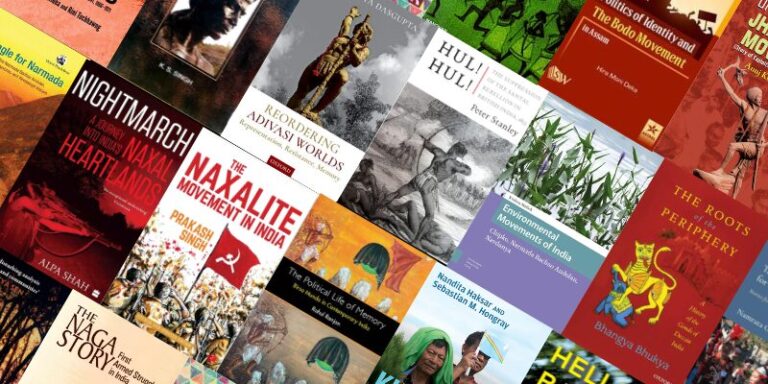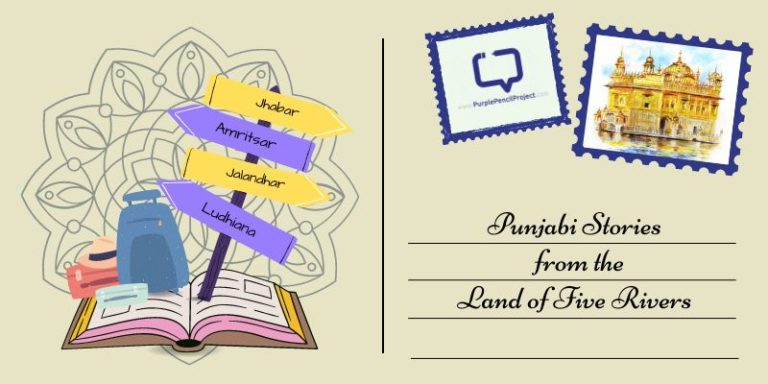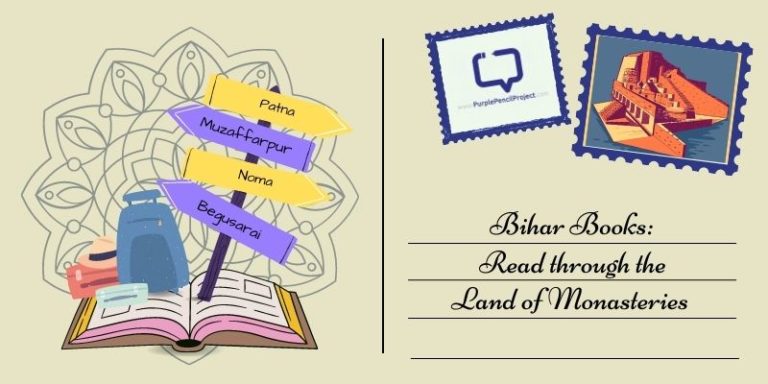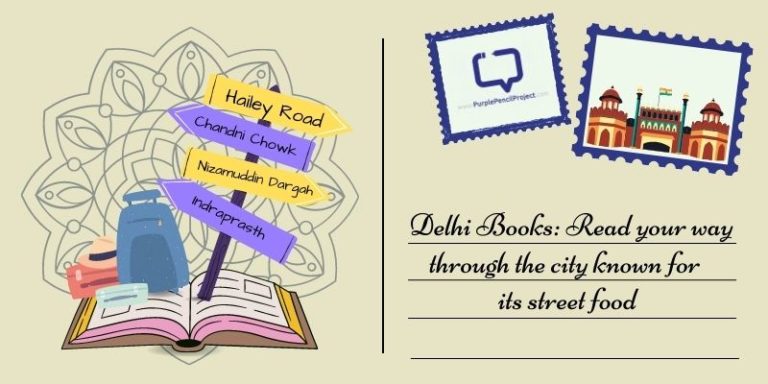Amritesh Mukherjee traces the journey of resistance literature in India through the years.
Jawaharlal Nehru once said, “Freedom is not given, it’s taken.”
India has a long tradition of resisting the establishment, against injustice, against the existing hierarchies of society. Literature has always been a primary source of resistance through different avenues, whether fictional or otherwise.
Through this article, I’ll try to chart resistance literature in India through the last few decades and how it has shaped our society. Without much stalling, let’s begin.
Indian Freedom Movement
Some of the most influential literature stemmed from the colonial era. The impacts, whether social, economic, religious, or political, are many, and with the popularity of books like The Anarchy and An Era of Darkness, one can see how colonialism continues to affect and shape us. It’s worth noting that simply because a book resisted a particular social evil (in this case, colonialism) doesn’t mean it didn’t come with other prejudices within itself.
For example, Bankim Chandra Chatterjee, famous for composing Vande Mataram (the Indian national song) in his novel Anandamath, had many casteist and religious biases evident in his writings.
The nationalist literature wasn’t just about freedom from the Britishers but also about opposing English symbols, be it through criticising English poetry as Vishnu Krishna Chiplunkar did through the Gujarati collection of essays, Nibandhamala, or supporting Indian literature, as RC Dutt did by translating Indian epics and writing volumes of Indian history (he referred to his works as “literary patriotism”.)
Elitism is a common issue in literature globally. As readers and writers, the participants in the literary world can easily feel a certain sense of superiority over their non-literary compatriots. All of this is why authors like Bharatendu Harishchandra were so important. In a country considerably illiterate and plagued by British mismanagement of resources, simple and direct speech and writing were the need of the day. There’s a duality in his writings, however.
And not just him, but many of his fellow writers, too. While opposing British rule, these writers would also have a pro-British sentiment. Whether stemming from a religious bias or an affinity to the Western culture, many books from that era talk of British culture and society in a greater light.
Of course, we can’t ignore the writings of the leaders of the Independence movement, including Mahatma Gandhi (Hind Swaraj), Jawaharlal Nehru, Bhagat Singh, Subhash Chandra Bose, Rabindranath Tagore (Gitanjali), and Sarojini Naidu, among many others. These texts weren’t just written but orally transmitted across various languages to spread patriotic sentiments across the country and urge citizens to participate in the movement for the nation’s emancipation.

Resistance Literature and Anti-Caste Literature
Arguably, the biggest social evil to plague Indian society is the concept of caste. Invasive and pervasive, caste lines have divided the nation over the years, whether it’s through honour killings, untouchability, or everyday discrimination. Anti-caste protests and movements prominently began around the 19th century with writers and reformers like Jyotiba Phule. Through his books and writings, he spoke against the tyranny of the upper castes and the liberation of the marginalised.
Resistance against caste hierarchies was permanently altered with Bhimrao Ambedkar. While his contemporaries were focused on the Indian freedom movement, he wanted to emphasise the disparities and cruelties that would exist even if the Britishers were to leave.
To quote him, “So long as you do not achieve social liberty, whatever freedom is provided by the law is of no avail to you.”
With his revolutionary works on different facets of Indian society, his writings contributed to the resistance literature as they spoke against various social evils of the nation, from patriarchy to religious beliefs to casteism. His writings and speeches continue to inspire and affect today’s Dalit writers, as can be seen through writings referred to as Ambedkarite literature.
Some prominent titles from the resistance literature speaking against caste are Omprakash Valmiki’s Joothan, Baluta by Daya Pawar, Bama’s Karukku, Coming Out as Dalit by Yashica Dutt, Caste Matters by Suraj Yengde, KJ Baby’s Mavelimantram, etc.
Environmental Movements
The price for development is often paid by shadows we never see. Dams, highways, cities, and other artificial sites aren’t built on empty lands but on homes of residents forced to flee. Before and after Indian independence, there have been several movements against environmental destruction. Some notable ones include the Chipko movement and the Narmada Bachao Andolan.
Chipko, meaning hugging or clinging in Hindi, was used for residents of the Uttarakhand state hugging trees to save them from contractors trying to cut them. A demonstration of the Gandhian form of protesting, the movement was also a feminist one because of the sheer number of women affected by deforestation and participating in the movement.
There have been various writings in different mediums on this movement, including notable works by Sunderlal Bahuguna and Chandi Prasad Bhatt. The Chipko Movement: A People’s History by Shekhar Pathak covers the movement extensively and in great detail.
Formed by activist Medha Patkar, Narmada Bachao Andolan (trans.: Save Narmada Movement) is a social movement by the natives and farmers displaced by the many dam projects on the Narmada River. Through books like The Struggle for Narmada by Nandini Oza, The River of Life by Subhadra Sen Gupta, and Environmental Movements of India by Krishna Mallick (the last title also covers the Chipko Movement), this movement has stayed in the public consciousness.
Resistance Literature books like Restless Waters of the Ichhamati by Bibhutibhushan Bandyopadhyay, Akkineni Kutumbarao’s Softly Dies a Lake, Islands in Flux by Pankaj Sekhsaria, or Amitav Ghosh’s The Great Derangement speak against the environmental deterioration caused by the mankind.
Women’s Rights Protests
It’s the 21st century, and yet patriarchy permeates each and every corner of our society. Feminist literature has existed in this country for centuries, in some form or the other, in different capacities. The earlier instances of feminist literature revolved around personal experiences. A feminist lens didn’t always include someone from other strata, say, a lower caste woman, like in the case of Pandita Ramabai’s The High Caste Hindu Woman.
The early 20th-century feminism was intermixed with the national movement. The focus was on women’s education, the right to vote, and political participation as much as possible. Authors and poets like Subhadra Kumari Chauhan, Sarojini Naidu, and Kamaladevi Chattopadhyay are prominent figures of the era.
It’s only in the last few decades that a more definitive version of feminism has formed. With the #MeToo movement, debates about marital rape, the Sabarimala case, the Nirbhaya protests, and more, feminism has never been more of a mainstream topic. The social is more political than ever.
This change is reflected in contemporary books and movies, too. Whether it’s Nivedita Menon’s insightful Seeing Like a Feminist, Volga’s scathing The Liberation of Sita, or Sohaila Abdulali’s beautiful What Do We Talk About When We Talk About Rape, a more inclusive and nuanced form of feminism can be seen today. Some other feminist authors include Kamala Das, Meena Kandasamy, Arundhati Roy, Ismat Chughtai, Indira Goswami, Namita Gokhale, and more.
Political Struggles: Armed and Unarmed
India has had a long tradition of political writing and speaking against the establishment. Not only that, Indian literature has many instances of writers resisting the resistance as well. For instance, Rabindranath Tagore’s Ghare-Baire (The Home and the World) spoke against the perils of nationalism and the violent methods of the Swadeshi movement. With popular writers like Mulk Raj Anand and Premchand, literature regularly criticised the existing social and political evils.
Around the mid-20th century, the Naxalite movement created a new form of resistance literature, literature more radical and revolutionary in tone. Poets and writers like Varavara Rao and Mahasweta Devi advocated for the rights of marginalised communities, including tribals and landless labourers.
Mahasweta Devi’s Hazaar Chaurasi Ki Maa is a nuanced portrayal of how political violence impacts individual lives. Arundhati Roy’s Walking With the Comrades and The Ministry of Utmost Happiness are incredible works that explore the mechanisms of Indian society and politics.
Then there was the Emergency under Indira Gandhi, which brought a wave of clandestine literature opposing the government’s draconian measures. Writers like Nayantara Sahgal, Shrikant Verma, Atal Bihari Vajpayee, and Kuldip Nayar penned momentous works to resist political tyranny.
In the last few decades, there have been hundreds and thousands of books on social and political challenges forming a part of resistance literature. From P. Sainath’s Everybody Loves a Good Drought to The Adivasi Will Not Dance by Hansda Sowvendra Shekhar to Looking Away: Inequality, Prejudice, and Indifference in New India by Harsh Mander to “This Unquiet Land: Stories from India’s Fault Lines by Barkha Dutt, the options are manifolds!
Resistance Literature and the Need for Inclusivity: LGBTQ+ Literature
In this last section, let’s look at how LGBTQ+ literature has resisted the existing societal hierarchies. While there have been mentions of homosexuality and transgenderism in Indian religious scriptures, it’s usually in the passing and rarely challenging of societal norms. It’s only in recent times that queer voices have made their way to the mainstream to speak against the constant discrimination and humiliation they face in their everyday lives.
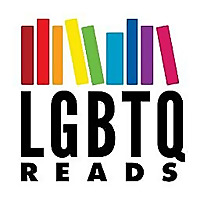
From books like Hoshang Merchant’s The Man Who Would Be Queen and Sachin Kundalkar’s Cobalt Blue, which showed queer lives in their different aspects, to books like The Truth About Me: A Hijra Life Story by A. Revathi, Queeristan: LGBTQ Inclusion in the Indian Workplace by Parmesh Shahani and We Are Not the Others by Kalki Subramaniam that speak out and speak against the subjugation they face, queer literature celebrates the lives that have existed outside the traditional social hierarchies.
Some other titles include Facing the Mirror: Lesbian Writing from India by Ashwini Sukthankar, Out! Stories from the New Queer India by Minal Hajratwala, So Now You Know: Growing Up Gay in India by Vivek Tejuja, Same-Sex Love in India: Readings from Literature and History by Ruth Vanita and Saleem Kidwai, and Close, Too Close: The Tranquebar Book of Queer Erotica by Meenu and Shruti. These books contain a range of experiences and identities, each adding to the rich culture of resistance and advocacy in India through literature.










